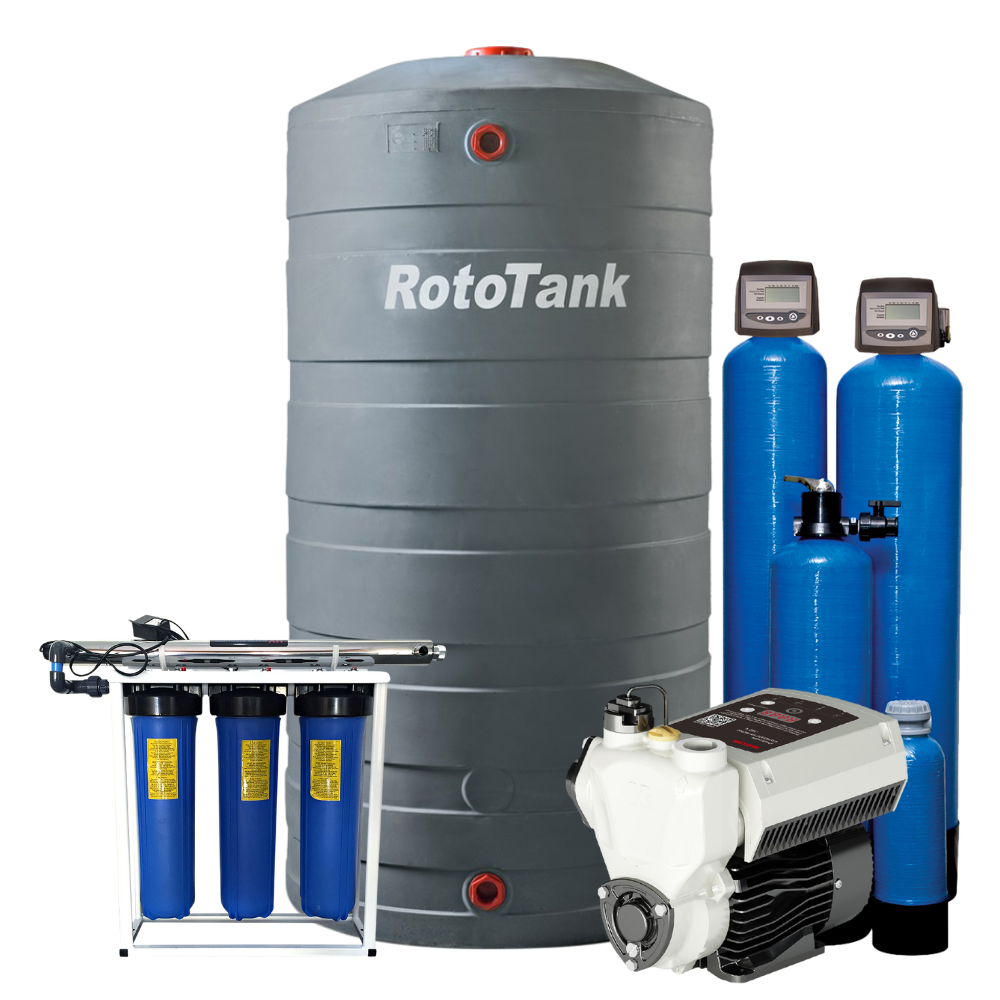Water is a basic necessity of life, and having a reliable water supply is crucial for any household. However, in times of emergencies or natural disasters, the water supply to your home can be disrupted. This is why it is important to have a backup water system in place.
Assess Your Water Needs
Before setting up a backup water system, it is important to assess your water needs. Consider how much water you and your household members use daily. This includes drinking water, cooking, cleaning, and other activities that require water. You can estimate your water needs by calculating the average amount of water used per person per day and multiplying it by the number of people in your household.

Collect and Store Water
Once you have assessed your water needs, the next step is to collect and store water for your backup system. There are several ways to collect water, depending on your circumstances and available resources.
Invest in Water Filtration Systems
In addition to storing water, it is also advisable to invest in water filtration systems for your backup water system. Water filtration systems remove impurities and contaminants from water, making it safe to drink.
Consider Rainwater Harvesting
Another option for setting up a backup water system is rainwater harvesting. Rainwater harvesting involves collecting rainwater from your roof and storing it for later use.
Conclusion
Having a backup water system in place is essential for any household. It ensures that you have access to clean drinking water and can continue with your daily activities even when the regular water supply is interrupted. By assessing your water needs, collecting and storing water, investing in water filtration systems, considering rainwater harvesting, and planning for power outages, you can set up an effective backup water system for your home.